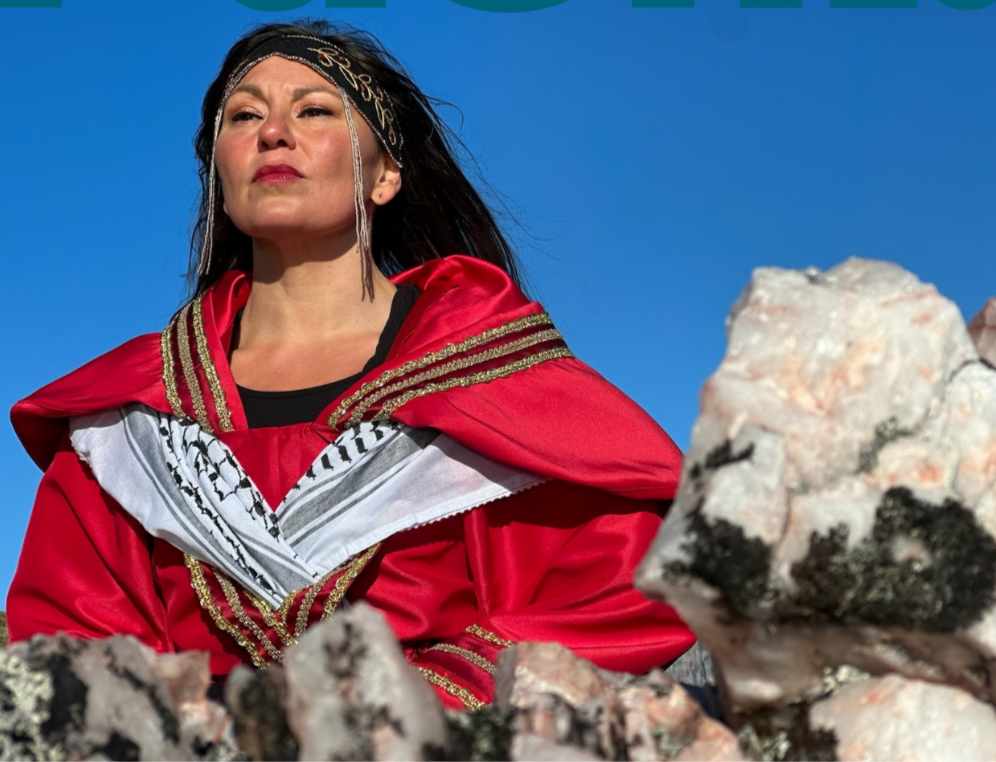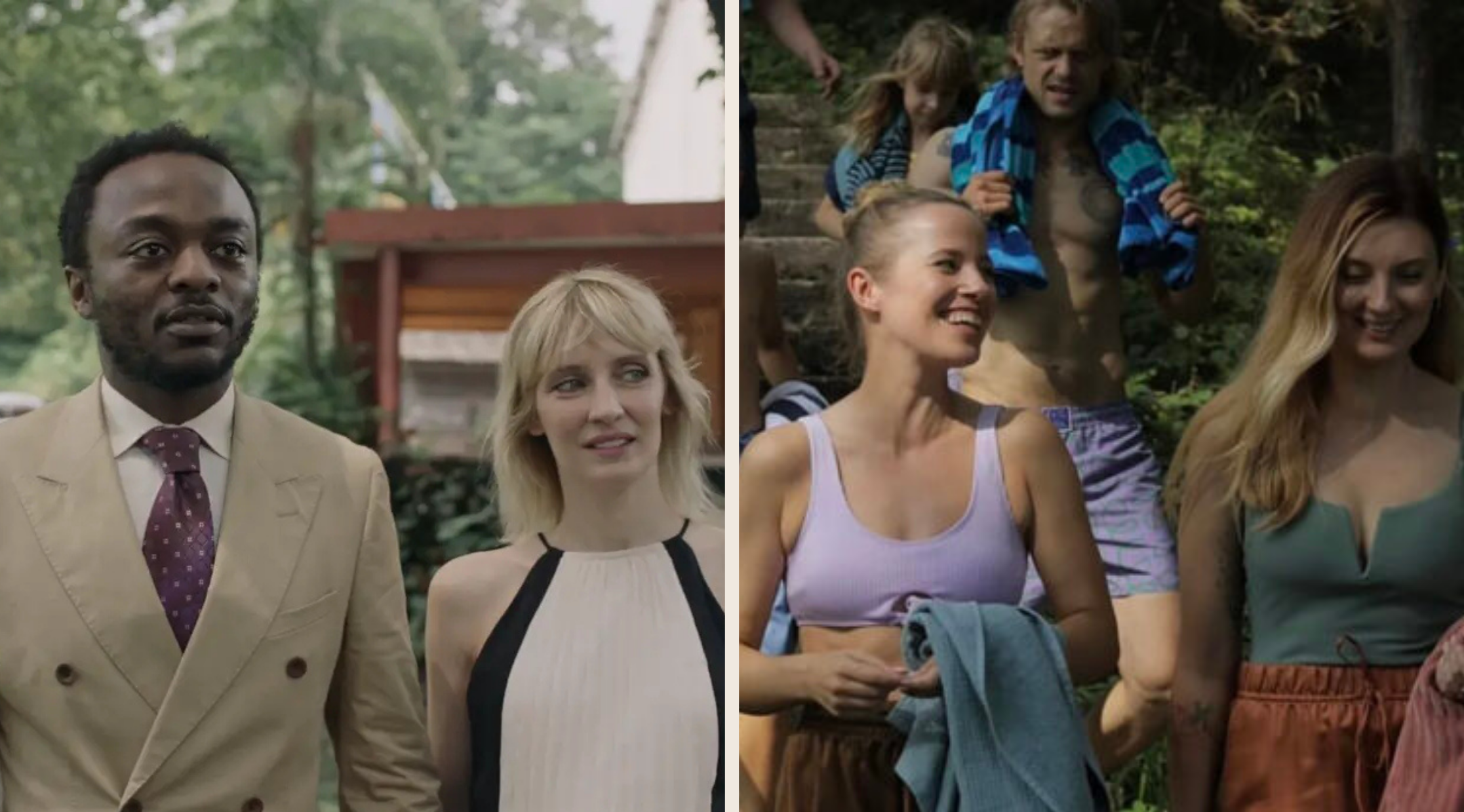At DOXA, Love in the Time of Fentanyl shows the Downtown Eastside's humanity and heart
Colin Askey’s documentary takes viewers inside the Overdose Prevention Society
Love in the Time of Fentanyl.
The 2022 DOXA Documentary Film Festival presents the world premiere of Love in the Time of Fentanyl (US/Canada) May 10 at 6:30 pm at SFU–Djavad Mowafaghian Cinema and May 11 at 7:30 pm at VIFF Centre–Vancity Theatre as part of the Justice Forum 2022 (presented in partnership with SFU Woodward's Cultural Programs). The film will be available to stream online starting May 11.
LOVE IN THE Time of Fentanyl takes viewers inside the Overdose Prevention Society’s operations in the heart of Vancouver's Downtown Eastside. Although technically illegal, it’s a place where people are able to safely use drugs like heroin while supervised by staff and volunteers, all of whom are current or former drug users and who are always armed with life-saving naloxone. But if there’s one thing director Colin Askey wants people to know, especially if they aren’t familiar or comfortable with the concept of harm reduction, it’s that the film isn’t about addiction.
“It’s a film about people,” Askey says in a phone interview with Stir. “A lot of people have certain ideas about who drug users are and who Downtown Eastside community members are, but as anyone that’s working down there knows, these guys are doing more for their community than most of us are.
Colin Askey.
“I felt like I provided a good example of what it’s like there—not only the harsh tragedy [of the opioid crisis] but the lengths people are going to to respond to it and also the love and the humour. I wanted to paint a fuller picture. These are people facing amazing obstacles but who really show incredible courage. The Downtown Eastside is a family of people who aren’t welcome in a lot of places in society….People call it a lot of things, but it’s a beautiful space for people to not feel judged, which is a very rare thing for people that have had to hide their drug use and feel ashamed and get stared at and looked at differently. The Downtown Eastside is where they can be themselves—and at programs like OPS, that’s kind of the magic sauce of why these places save lives beyond just reversing overdoses; it’s a place where people feel welcome and can trust people.”
Inspired by American documentarian Frederick Wiseman, Aksey shot the film in an observational style. Some viewers may find it hard to watch scenes of people injecting themselves with needles or coming close to death’s door before being treated with Narcan, but such moments are never presented in a sensational way and are not the film’s focus. Rather, Askey introduces viewers to folks like Ronnie, a gentle giant with a long beard known in the community as Narcan Jesus, who spent over a decade at OPS and ends up experiencing burnout; Trey, a former heroin user who memorializes so many lives lost to overdose through graffiti art, notably on an alley wall increasingly crowded with names; and Norma, a kind-hearted, karaoke-loving Indigenous elder who cooks meals for OPS workers and holds hands with anyone who needs it. What comes through is the sense of meaning and purpose such individuals get from helping their friends and neighbours, despite dealing with so much grief.
Love in the Time of Fentanyl.
Askey says he was trusted by people in the community to make the film after working in the Downtown Eastside for many years. He initially gained experience with harm reduction when he was hired at Insite, the first sanctioned supervised drug injection site in North America; he also did many video projects for organizations in the area. He was drawn to the community after overcoming his own struggles with drug use. When he was a teen, he was ordered by the court to enter a drug-treatment centre; he went on to become a drug and alcohol counsellor. However, he came from a background of 12-step, abstinence-based approaches.
“Harm reduction was a new world for me,” Askey says. “I remember handing out my first syringes and it feeling wrong, because I came from this world where that would be enabling, and you have to hit rock bottom and you have to stop and until you’re ready there’s nothing anybody can do. Once I got past those thoughts in my own way of thinking, I really started to see the beauty in this community…and the magic and compassion.”
Askey is now based in New York, where his wife has been helping open the first supervised-injection sites in the U.S., one in East Harlem and one in Washington Heights, a process he is documenting.
“It’s still a new thing for people, and the more information we can get out to different people to see, the better,” he says. “This isn’t about enabling people to use drugs. It's about saving lives and treating people like human beings.”















